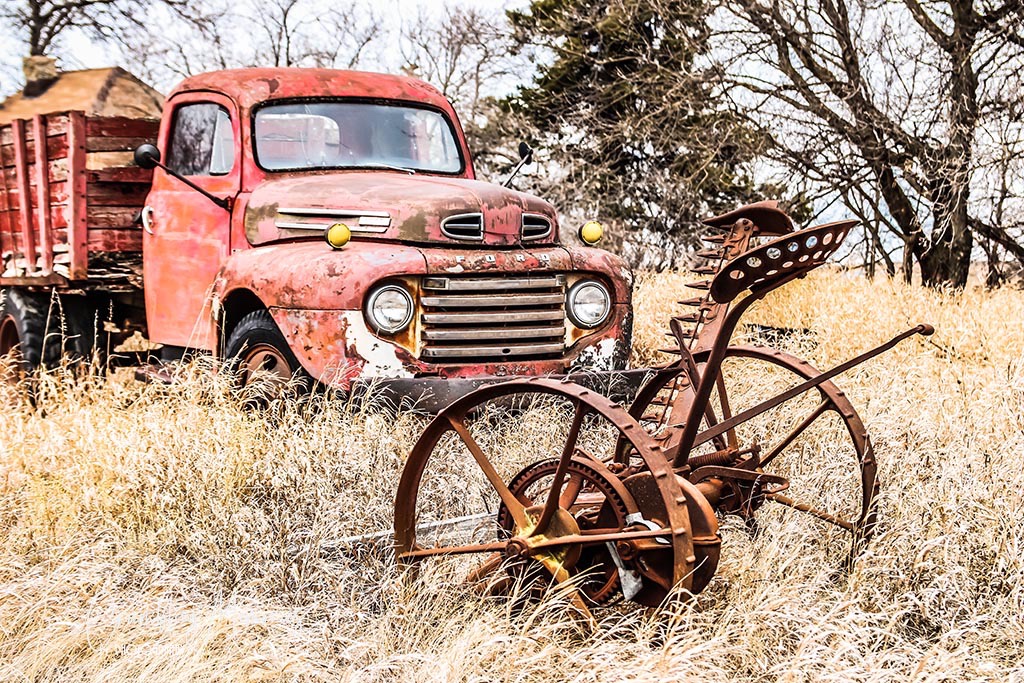G.M., born in 1858 in Bourne, Lincolnshire, England. He was one of 18 children. His family was considered to be a family of upper middle class. George’s father worked for the Bank of England and his family had a number of servants. George’s siblings became doctors, lawyers and nurses but George decided to follow in his father’s footsteps and worked for the bank but later left it to work in the stock exchange. George was a long distance runner who won medals for winning 25 mile races. He was known to run everywhere he went. When economic hardship hit the family many immigrated all over the world to Australia, Africa, Argentina, United States and Canada. George was the only one to choose Canada. In 1880 himself a friend arrived in Manitoba. The family was not certain if George and Arthur were friends in England or if they met on their voyage to Canada. In fact, upon their arrival to Manitoba George and Arthur acquired land on the same section and having them also become neighbors for the rest of their lives. Upon his arrival in Manitoba George purchased 320 acres, 80 of which were under cultivation. His land was accessed to valued at $1,280.00. He was listed as having 7 horses, 5 cows, 1 pig and he was Protestant.
GM and his wife raised 6 children on this land including their son Thomas .

Thomas was born on this farm and lived there his whole life. Thomas was George’s eldest son.
The families first house was lost to fire in 1886. Thomas remembers that his mother, alone with his sister at the house, threw the bedclothes and other essential items out of the upstairs window while his sister dragged the items from the ground to safety. Thomas was upset that she didn’t throw the right items from the burning home including his new moccasins, from the burning home. After the fire the family lived with Mrs.’ parents until a new home was built. When Thomas was 13, his father, George passed away. Thomas quit school in grade 4 to help his mother run the farm. At that time, neighbor and good friend, Arthur moved to the farm and helped the family.

In 1913 Thomas took over the farm when his mother and all of his siblings, except 1, moved to Saskatchewan. Cousin Jack came from England to help but quickly realized the farm life wasn’t for him and returned to England.
In 1916 Thomas married Eva and together they raised their 4 children there.

They built their own home in 1929 and turned his parents home into a granery.

At the time Thomas planted the impressive shelter belt that surrounds the property today. Thomas and Eva, who was a teacher now farmed on what was referred to as a mixed farm with grain, cattle, horses and poultry. In 1950 Thomas acquired a couple hives but gave it up after Eva found him passed out after being stung. He gave up beekeeping at that time.

Thomas and Eva were active in their community, much like their son Art would later be.
In 1952 at the young age of 60, Eva became ill with an undiagnosed illness and passed away. Thomas remained on the farm with Art. Thomas passed away in 1977 at the age of 90.
Arthur who was born in 1921 acquired the farm from his father. Art married Jessie in November, 1954. He was very active in his community including the seed club, 4H, the local ball team. He served as a Director for the Co-Op for 16 years, a seed agent with the pool elevator for 20 years and helped start the local credit union, serving on the supervising committee. He held positions on the school board, community hall committee, cemetery committee and was a Director for the local lodge.

Art and Jesse retired from active farming in 1980 after Art suffered a series of heart attacks. They rented the land but remained to on the farm. In 1986 Art suffered a series of strokes which left him paralyzed and required around the clock care. Jesse remained at the farm until 1991 but was forced to stop driving due to her deteriorating eyesight.

This is a beautiful piece of land. It is nicely treed and the current tenants typically stayed to themselves when I arrived. You could hear them buzzing around but they didn’t bother me and I did my best to take my photos quickly and get out of there. I find it funny that after Thomas’ incident with the bees and his short lived job as a beekeeper, the bees are back on his land.



